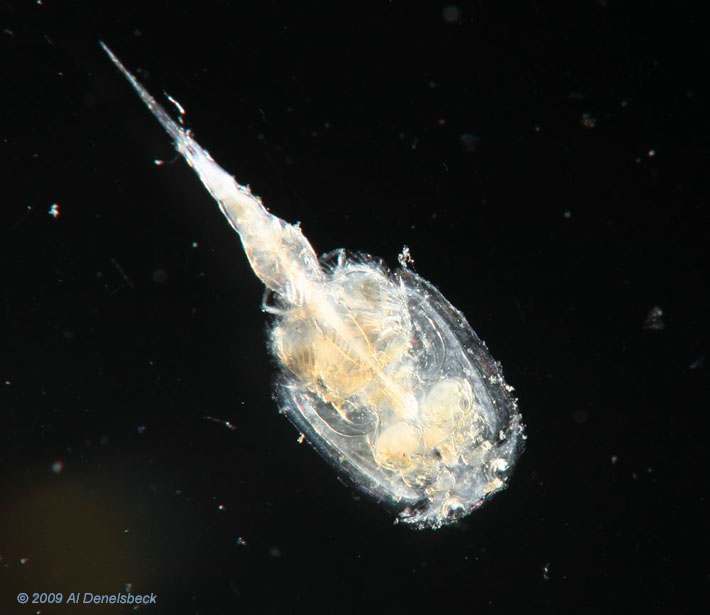Metz 40MZ-3i on off-camera cord
Sigma 28-105 reversed onto 95mm extension tube
1/200 second, ISO 100
| Canon
300D, handheld Metz 40MZ-3i on off-camera cord Sigma 28-105 reversed onto 95mm extension tube 1/200 second, ISO 100 |
| How to successfully get stung | |
 |
|
Swimming in the surf off Fort Fisher, North Carolina one summer, I felt a sharp stinging sensation on my arm. I looked and scratched at it but found nothing, and ignored it until it happened again. This time, I found something that looked about like a freckle, but wasn't. I scraped it off and incarcerated it within a plastic bag until I returned home to examine it more closely.
And closely means, with some of the more esoteric tricks of the macro photographer. High magnification work can be done a number of ways – microscopes, lens reversing, & lens stacking being among them. I switched to my old Sigma 28-105 lens in which the aperture had failed, and mounted it backwards onto an extension tube I had cobbled together out of PVC pipe, a body cap and a filter ring. This increased magnification almost into the microscopic range.
The little bugger here was floated in a thin layer of water atop a lens filter, itself suspended in the top of a drinking glass. A black sock was put into the bottom of the glass, and the flash was aimed at the filter from the underside, diagonally through the sides of the drinking glass. While usually not done with this list of equipment, this is referred to as dark field photography, and it produces the effect you see here.
Once I had detail shots, it wasn't too hard to determine this was what a newborn Horseshoe Crab (Limulus polyphemus) looks like. The stinging, to the best that I have been able to determine, simply came from getting jabbed with that tail, which is finer than a hair but made of the same chitin as the adult crabs sport. Overall length of this guy is 5mm (1/5 inch).
